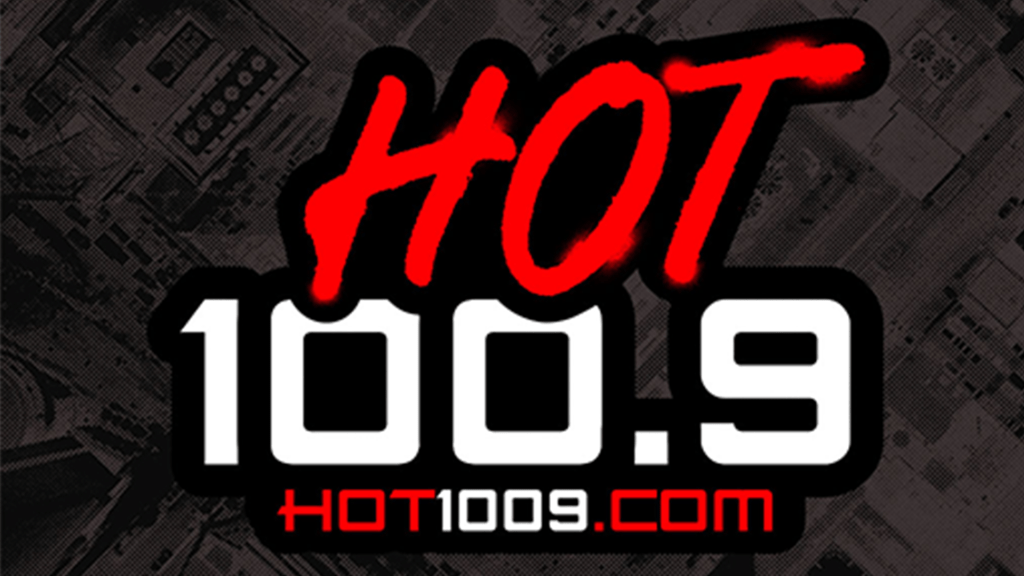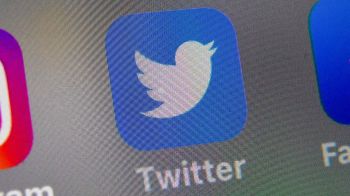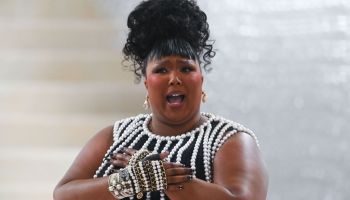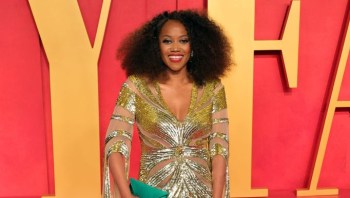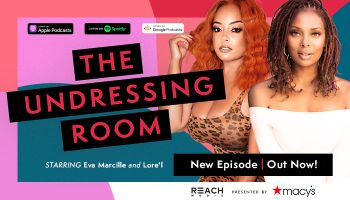By Bill Briggs, NBC News contributor
Nike kicked up a media storm last month with news that its new LeBron X+ shoe would be the company’s priciest sneakers yet, at an astonishing $315 a pair.
The story, first reported by The Wall Street Journal, spread rapidly on news websites and cable television, gaining added momentum when the National Urban League took to the airwaves to chastise Nike for what officials called an “empty status symbol.”
What received far less notice: Nike’s quiet statement, emailed to some reporters more than 12 hours after the story broke, stating the reported price was inaccurate — by as much as $135.
It was a classic case of Nike having its cake while eating it too, appearing to manage the news cycle so deftly that one expert told Advertising Age the marketing giant “won’t do any advertising for this shoe. They don’t need to.”
The origin of the story of the $315 shoes is unclear. The Wall Street Journal story mentioned no source for the $315 figure, and if members of Nike’s vast marketing team were involved in development of the story, they left no fingerprints.
In the initial hours after the story was published and made its rounds, Nike officials steadfastly refused to comment on the story, saying they would not confirm the sneaker price, but not denying it either.
Suspicion immediately landed on a network of “sneakerhead” bloggers, enthusiasts who closely follow news of new shoe styles and don’t necessarily follow traditional journalistic protocols. Some product bloggers, for example, have been known to accept money or free products in exchange for favorable commentary, a practice that has attracted the attention of the Federal Trade Commission, which regulates advertising.
Late in the day the story broke — well after 9 p.m. ET — Nike emailed a brief statement to NBC News after declining to comment for hours.
“The reported price of the new LEBRON X is inaccurate,” said the statement sent by spokesman Brian Strong. “The LEBRON X will be launched in the Fall at a suggested retail price (SRP) of $180.”
A separate version with “Nike+ technology embedded in the shoes” would be marketed for a higher, as-yet undetermined price, the statement continued, adding helpfully: “Nike continues to offer shoes at various price points for consumers. …”
“Yeah we saw that statement, too. We then thought it was all just part of their strategy,” said Dan Lobring, head of public relations at Chicago-based rEvolution, a sports marketing and media services agency. NBC News had earlier that day asked rEvolution to comment on what appeared to be a record-priced, new shoe line.
“What do I think now?” Lobring asked. “I think they killed it on LeBron.”
The story of the $315 shoes might not raise eyebrows except that Nike has a long history of successful guerrilla marketing – taking advantage of unconventional channels to reach its core customers, who might be hard to reach through traditional media.
Nike, in fact, is credited with inventing the concept of guerrilla marketing at the 1996 European Soccer Championships. For that tournament held in London, British sport-clothier Umbro bought the rights to be the official sportswear supplier. Nike, however, gobbled up all the outdoor advertising facades and poster frames near Wembley Park, the venue of the tournament, effectively shutting out the official sponsor.
“No one can control what Nike is leveraging so well — exploiting the social media channels of the world,” said Raymond Bednar, president of Hyperion Marketing Returns in New York. “They let the free media ‘buzz’ wing their message to the masses at a fraction of the traditional spenders — who stand in horror and disbelief that they in effect so overpaid for the asset.”
At the London Olympics, Nike freshened the script. While not an official Olympic sponsor, the Beaverton, Ore.-based company outflanked its archrival Adidas (which reportedly paid $155 million to sponsor the Games) by outfitting more than 400 athletes in its neon-yellow Volt shoes.
Nike’s Strong said the color of those kicks was scientifically selected because the human eye is most sensitive to the yellow-green mix, and our vision has a low sensitivity to red, the color of the London track. The shoes became one of the Olympics’ true conversation pieces as some 41 athletes medaled while wearing the Volts.
Meanwhile, Nike’s Olympic-esque TV ads, including one spot featuring everyday athletes competing in other Londons around the world, danced dangerously close to an International Olympic Committee charter that bars non-sponsors from running Olympic-specific ads. London Games organizers mulled legal action against Nike but ditched the plan, according to The Associated Press. Legal action likely would have played into Nike’s hands, one of the advantages of guerrilla marketing.
Nike has, however, been forced to apologize for some of its more provocative moves. Last March, around St. Patrick’s Day, the company unveiled its new SB “Black and Tan” sneakers — nicknamed so by consumers who noticed the shoes’ resemblance to a favorite Irish beer drink in which stout and ale are combined to form black and brown layers.
Nike formally calls the shoe “the SB Dunk Low” and said it never intended the other colorful moniker to take over as it did. Nike executives made that clear after learning that the term “Black and Tan” is offensive to some Irish people because it was the name of a ruthless British paramilitary unit dispatched 90 years ago to crush Irish revolutionaries. Said Nike’s Strong after the company learned of the misstep: “No offense was intended.”
In another possible misstep, Nike sold women’s shirts at the 2012 Games that carried the glittering words “GOLD DIGGING” to celebrate the achievements of American women who snared 29 of Team USA’s 46 gold medals in London. When some women called the shirts sexist, Nike responded: “The T-shirt uses a phrase in an ironic way that is relevant given it was released just as the world focused on the success of female athletes.”
Whether committing honest social blunders or creating calculated controversies, Nike seems to grab more attention to its products with each incident.
Better yet for Nike: The attention usually comes free of charge.
Nike’s success at cutting through the clutter with its unconventional marketing has to raise questions for its more conventional rivals, experts say.
“The core of the question is: What exactly is the value of paying (for) a property like the IOC or the USOC for category sponsorship rights? What do you really get? And based upon what you get, what should you really pay?” asked Bednar, of Hyperion Marketing Returns.
The value of a sports brand — or of an Olympic sponsorship — is essentially arbitrary, he said.
“Thus, most sponsors fall back to the comfort of ‘Well, that’s what X paid, and they are a huge multinational company, so it must be right.’ All you have to do is lure one stupid — and I don’t use that the term ‘stupid’ lightly here; I just don’t have a more accurate adjective — major corporation into the paying game, and the rest will follow like the lemmings over the cliff,” Bednar said.
“Insanity. Nike is brilliant in avoiding this scam
Source: NBCNEWS.com
